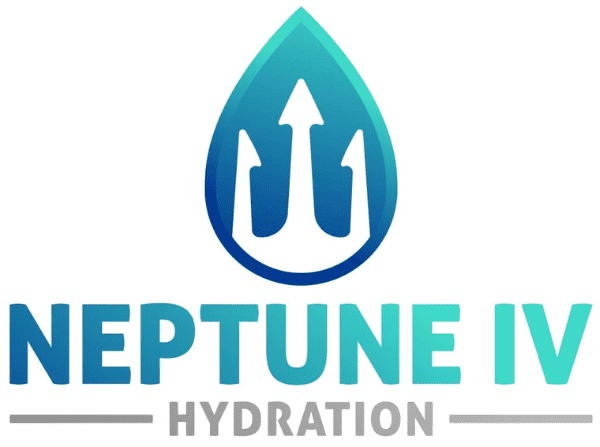Migraine headaches are debilitating and often severe forms of headaches that can bring excruciating pain, nausea, and light sensitivity. They can significantly impact an individual’s quality of life and productivity. While there are various treatments available for migraines, some individuals seek alternative or complementary therapies, and one such option is intravenous (IV) therapy. In this essay, we will explore how IV therapy can offer relief for migraine headaches, its potential benefits, and the science behind its effectiveness.
IV Therapy for Migraine Relief:
IV therapy for migraines involves the administration of a specialized IV solution containing a combination of fluids, vitamins, minerals, and medications. The goal is to provide rapid relief from migraine symptoms, shorten the duration of the headache, and prevent its recurrence.
How IV Therapy May Help with Migraines:
- Rapid Rehydration: Dehydration is a common migraine trigger, and IV therapy can provide fast and efficient rehydration by delivering fluids directly into the bloodstream. Proper hydration can alleviate some migraine symptoms.
2. Pain Management: IV therapy may include medications such as nonsteroidal anti-inflammatory drugs (NSAIDs) or anti-nausea medications that can help manage pain and nausea associated with migraines.
3. Nutrient Replenishment: Migraine attacks can deplete essential nutrients like magnesium and certain B vitamins. IV solutions are formulated to replenish these nutrients, which are known to play a role in migraine prevention.
4. Vasodilation: Some IV therapies contain magnesium, which has been shown to help relax blood vessels and reduce the constriction often associated with migraines.
5. Quick Onset: IV therapy bypasses the digestive system, allowing the medications and nutrients to take effect more rapidly compared to oral medications.
Scientific Support:
The use of IV therapy for migraine relief has gained popularity, but scientific evidence on its effectiveness remains somewhat limited. Some studies and anecdotal reports suggest that IV therapy can provide significant relief for certain individuals with migraines, particularly for those who do not respond well to traditional treatments. However, more rigorous research is needed to establish its efficacy conclusively.
Safety Considerations:
IV therapy for migraines should only be administered by trained healthcare professionals. It is generally considered safe when done under the right conditions, but like any medical procedure, there are risks involved. Possible complications include infection, vein irritation, and allergic reactions to the IV solution.
Alternative Migraine Treatments:
While IV therapy may be an option for migraine relief, there are other approaches to consider:
- Lifestyle Modifications: Identifying and avoiding migraine triggers, such as specific foods, stress, or lack of sleep, can help prevent migraine attacks.
2. Medications: Various prescription medications are available for migraine prevention and acute relief, including triptans and preventive medications.
3. Biofeedback and Relaxation Techniques: Learning relaxation techniques, such as deep breathing or biofeedback, can help manage stress, a common migraine trigger.
4. Dietary Changes: Some individuals find relief by making dietary changes, such as avoiding trigger foods like aged cheeses, caffeine, or artificial sweeteners.
In conclusion, IV therapy has emerged as a potential option for migraine relief, offering rapid rehydration, pain management, and nutrient replenishment. While there is evidence to suggest its effectiveness for some individuals, further research is needed to better understand its role in migraine treatment. Individuals considering IV therapy for migraines should consult with healthcare professionals to assess the appropriateness of this approach for their specific condition. Migraine management is a complex process, and treatments should be tailored to each individual’s needs and preferences.

